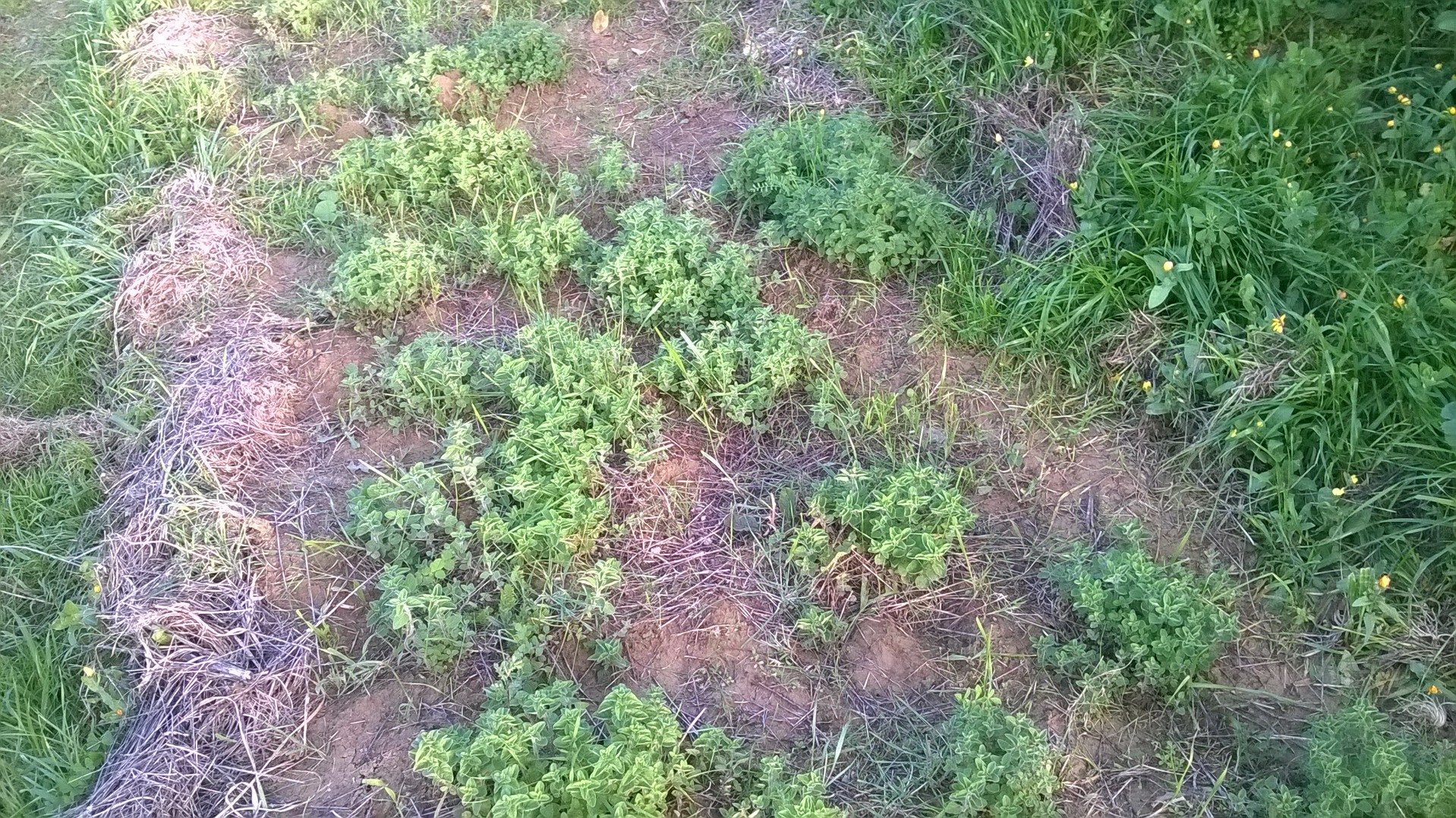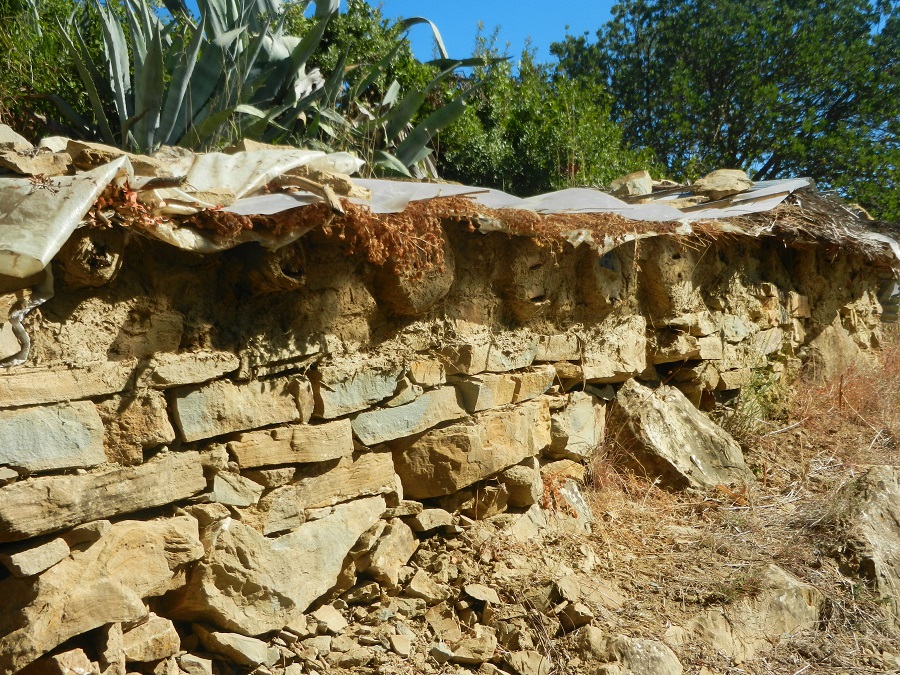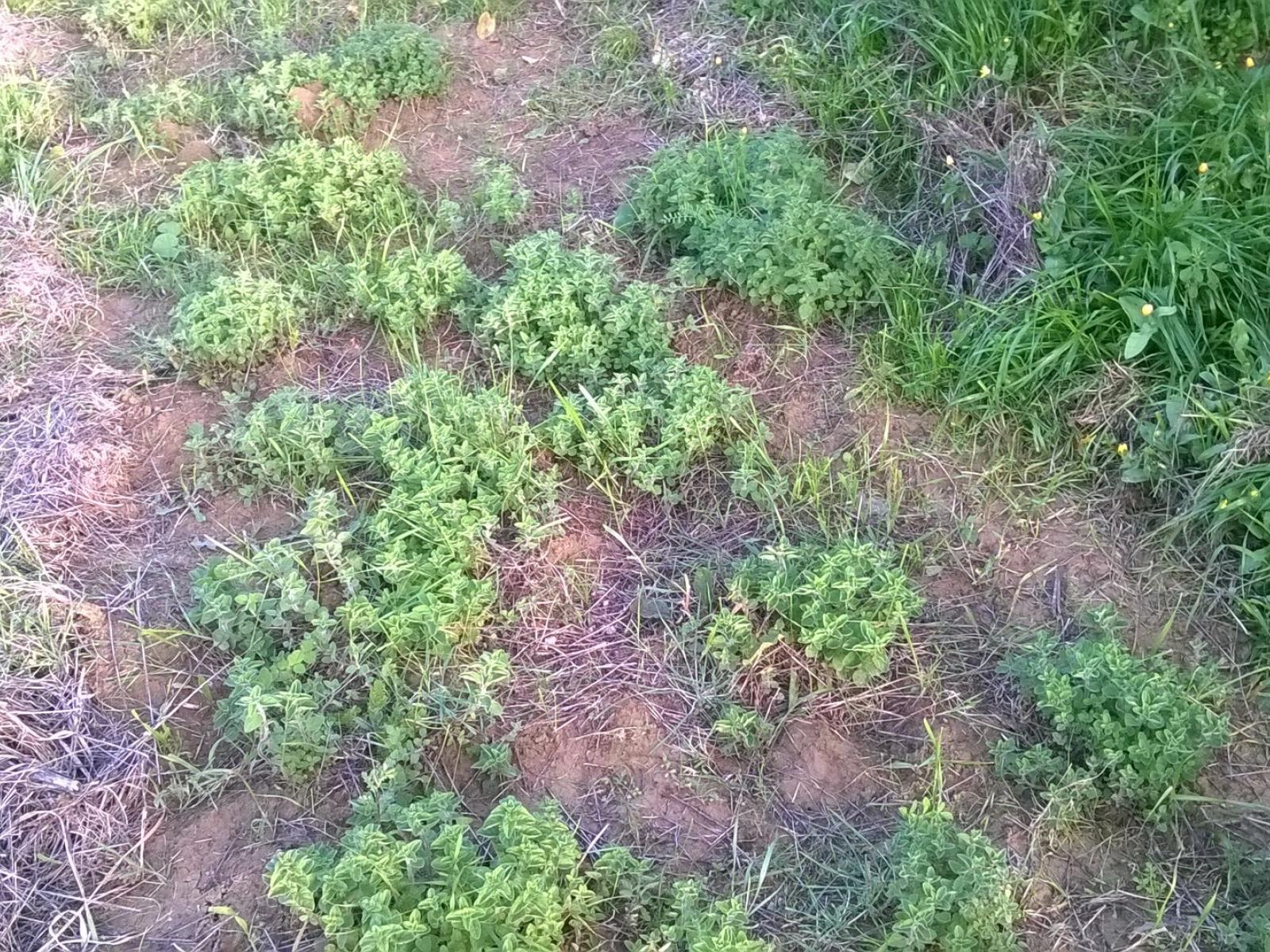An Overview Of Our Solution
- Population Impacted:
- Continent: Africa
Organization type
Population impacted
Size of agricultural area
Production quantity
People employed
Describe your solution
Describe your implementation
External connections
What is the environmental or ecological challenge you are targeting with your solution?
Describe the context in which you are operating
Family farm in agroecology. With protection of biodiversity, soils and maintenance of producers on their territory in the rural commune kissane, mountain region in the Pre-rif
The rural commune Kissane-Pre rif of Morocco has had 50% of rural exodus since the establishment of the second biggest dam of Africa and the grounds of this commune is to 90% on the reservoir of the dam. From this dam there were:
• Reduction of fertile agricultural areas from which and fragmentation of agricultural land
• Rural exodus
• Introduction of cannabis and use of chemical fertilizers for culture
• Impoverishment of biodiversity in the community with the cultivation of cannabis
• Erosion and landslides
The pre rif is also affected by climate change that has become palpable by farmers
• Water cycle dysfunction:Torrential rains and drought which is spread out from May to October. The region is known to be a growing loss of soils mainly due to the degradation of forests and vegetation cover by humans and also by water erosion. With climate change, there is increasing evidence of swinging and restricted rains over time. All this accentuates the phenomenon of erosion and therefore a confrontation with a reduction in the productive value of agricultural land.
How did you impact natural resource use and greenhouse gas emissions?
Language(s)
Social/Community
Water
Food Security/Nutrition
Economic/Sustainable Development
Climate
Sustainability
Agroecology, sustainable, human-scale agriculture that takes human and environmental needs into account, is a UN-recognized solution adapted to the problems of the rural Moroccan world and especially to the needs of rural women:
- Agroecology is economically viable
- Agroecology is socially responsible
- Agroecology is ecologically sustainable
Agroecology allows farmers to save money because it allows them to use less water, make their own compost and also use our own bioprocesses from plants if necessary. What is certain is that we are not endured.
When we have more money we buy more material and we can do more training.
Return on investment
Entrant Image

Entrant Banner Image

